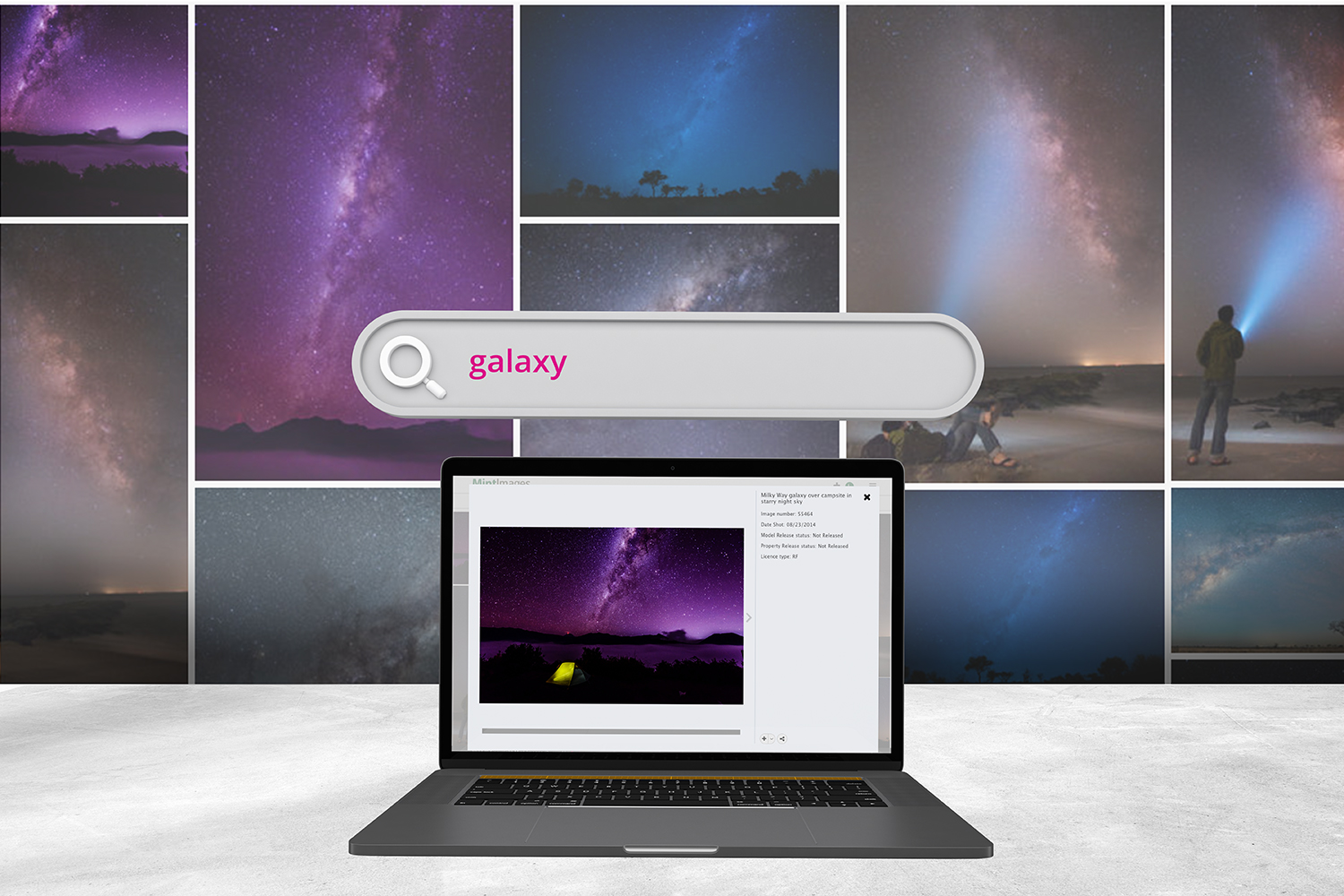DAM: The Definition
Digital asset management – often shortened to DAM – is a term used to describe a system that facilitates the management of digital content.
This involves the process of storing, managing and distributing digital assets, which may also include managing metadata, rights, licensing and royalties.
A DAM system will typically hold hundreds, thousands or even millions of digital assets.
Digital Assets
Digital assets are items that are owned in a digital format. These include, but are not limited to, images, videos, audio files, and PDFs.
Depending on the system, the types of digital assets a DAM system can manage can vary – some are image based, some are document based, and some can handle them all. The benefit of storing all digital assets in a DAM is that all of an organisation’s digital content is placed in a central location – and so can be easily searched for, discovered, managed and utilised.
Management
This digital content can be accessed by an array of users – dependent on whether the system has been set up for internal use within an organisation (amongst staff) or external use (accessible to the public) – or a bit of both.
The assets that are displayed to users on the ‘front end’ are controlled by administrators working in the ‘back end’, who have permissions control to determine which content is, and isn’t, shown. Internal systems often supply marketing, communications, press, and PR teams, as well as many others, with content that can be used in social media campaigns, brochures, web design and press releases.
Why?
With external systems, there are some digital asset management solutions that can be set up to display content in which organisations are looking to license – examples of this include a stock image library, or a museum licensing their archive.
People use DAM systems because it saves them precious time – gone are the days of having to search across various hard drives, old email threads and databases for content – it is all readily available in one central location. Additionally, since content can be discovered more easily, it also eliminates the risk of content being lost, and therefore saves costs involved in duplication.
Some more advanced DAMs have capabilities that go beyond storing and managing. For example, some have functionality to manage royalties and finances associated with assets, rights permissions, and distribute assets globally. For example, Capture allows images to be distributed to global simultaneous destinations, complete with metadata, within seconds of the image being taken.
There are many types of digital asset management solutions– some simple, some advanced, some suited for internal use, some able to support eCommerce, and some that can do it all – so it’s important to understand your level of requirements when searching for your perfect DAM solution.
Find out more information on the Capture DAM platform, and our digital asset management workflows and features.
Related Articles
Sign up to get all the latest news & advice from the team
"*" indicates required fields



